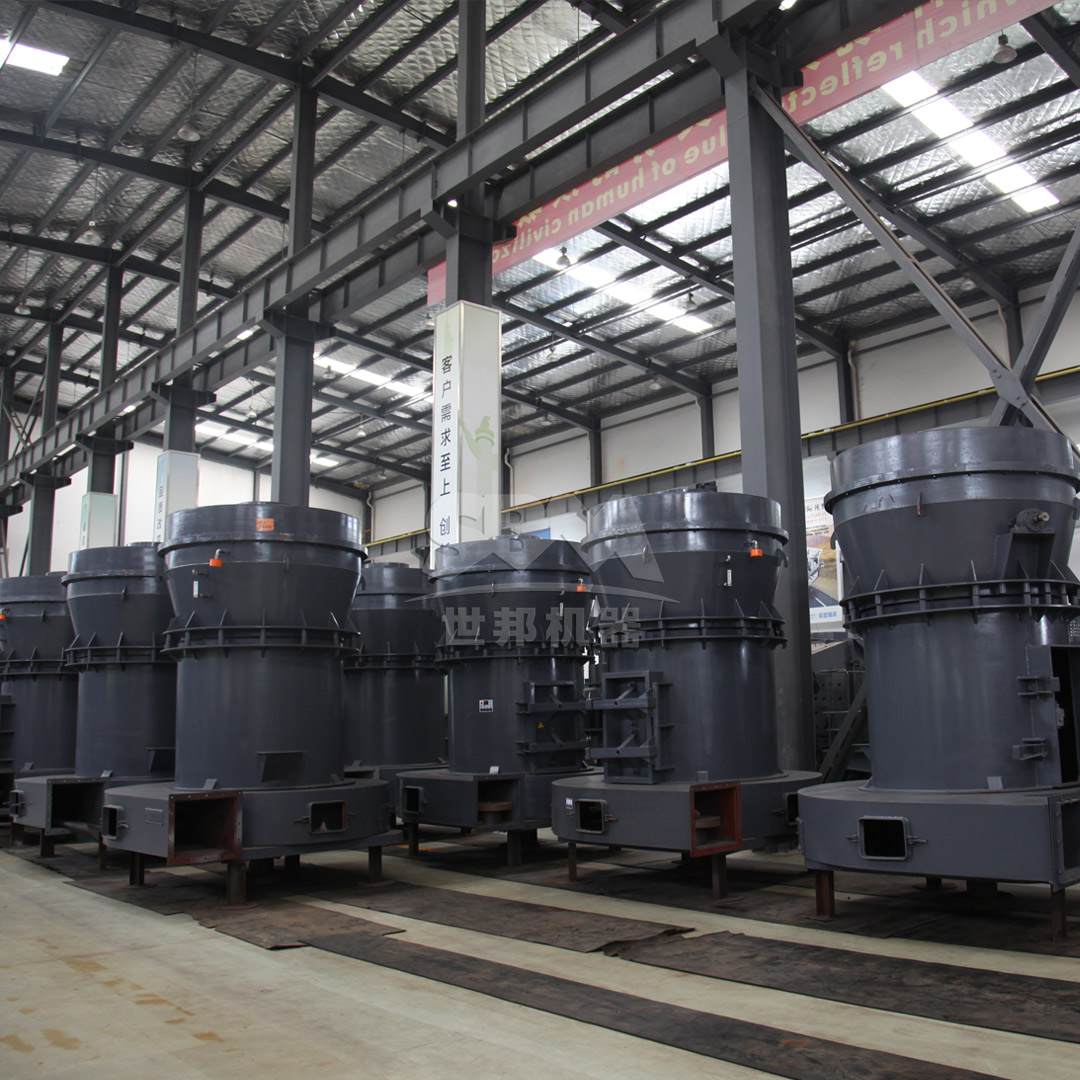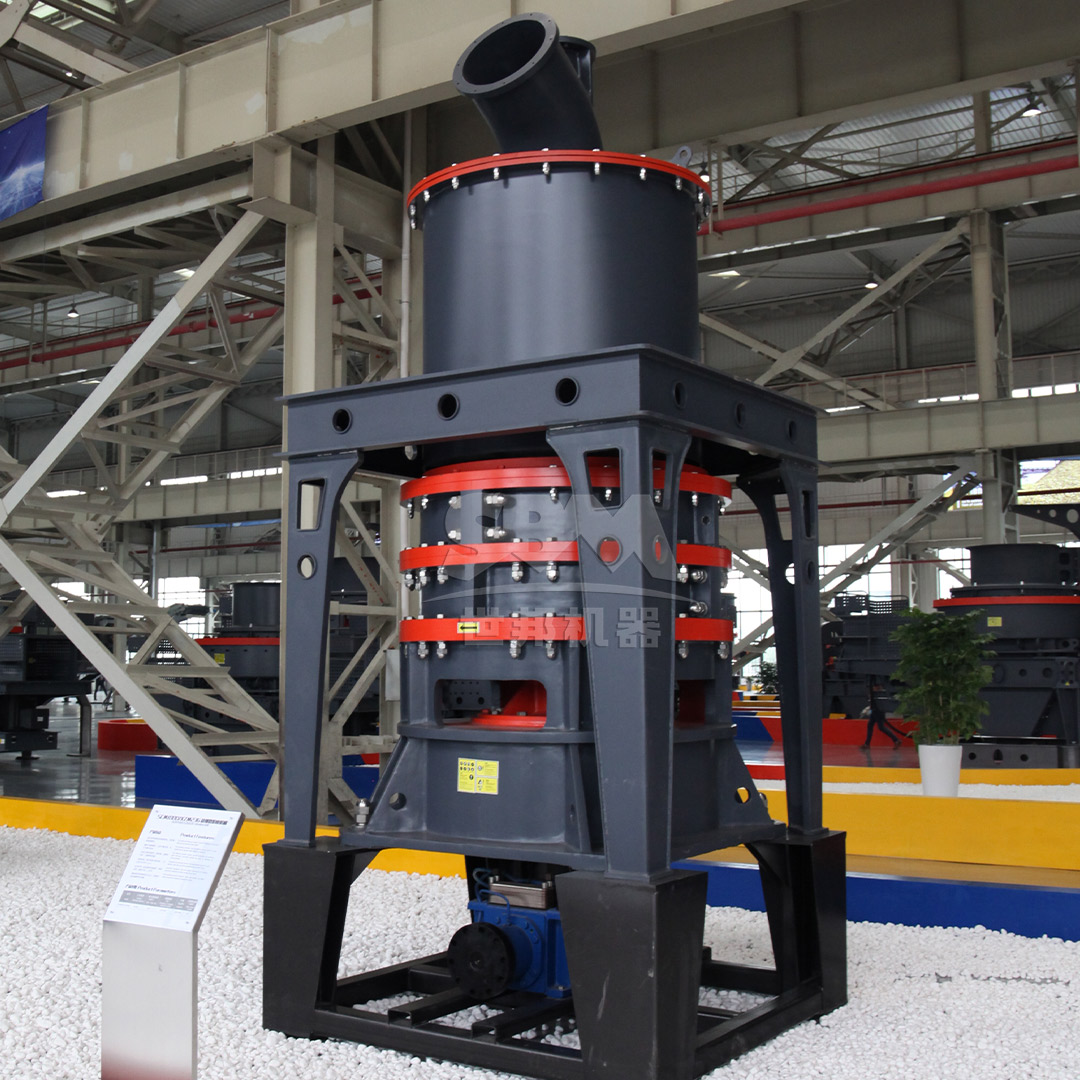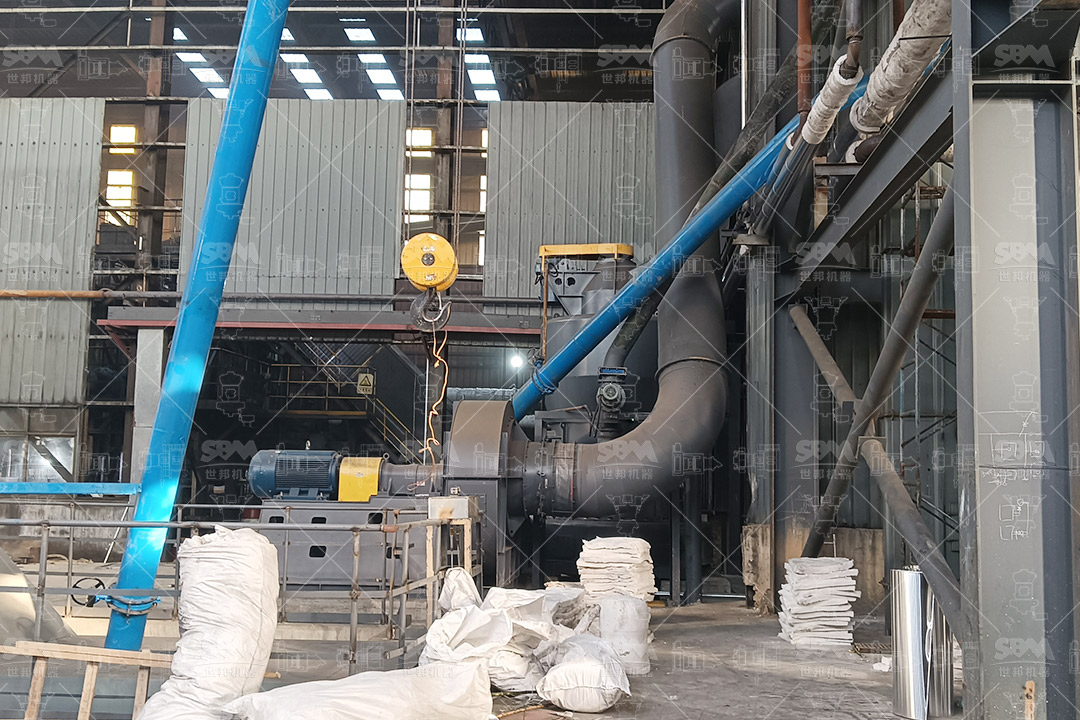The lime production process is a cornerstone of the construction materials industry, providing the essential binding agent for cement, mortar, and a multitude of other products. At the heart of an efficient lime kiln operation lies the crucial preparation of the raw material—dolomite. The pulverization stage is not merely a preparatory step; it is a critical determinant of overall kiln efficiency, fuel consumption, and final product quality. Selecting the optimal dolomite pulverizer is therefore a strategic decision that impacts operational costs, environmental compliance, and production capacity. This article explores the key factors in this selection process and highlights advanced technological solutions designed to maximize efficiency.
Dolomite, a calcium magnesium carbonate mineral (CaMg(CO₃)₂), must be ground to a specific fineness before being fed into a rotary or vertical lime kiln. The primary objectives of pulverization are:
An inefficient pulverizer can become a bottleneck, limiting throughput, causing erratic kiln operation, and driving up energy costs. The target fineness for lime kiln feed typically ranges from 100 to 325 mesh (149 to 44 microns), though specific requirements can vary based on kiln design and dolomite properties.
Choosing the right equipment involves a careful analysis of several interconnected factors:
| Criteria | Description | Impact on Kiln Operation |
|---|---|---|
| Required Capacity (TPH) | The hourly throughput must match or exceed the kiln’s consumption rate. | Prevents production bottlenecks and ensures continuous kiln feed. |
| Target Fineness & Particle Distribution | The ability to achieve and consistently maintain the desired grind curve (e.g., D90, D97). | Directly affects calcination efficiency, fuel rate, and product reactivity. |
| Grindability (Bond Work Index) | A measure of the dolomite’s hardness and resistance to grinding. | Determines power consumption, wear rates, and machine sizing. |
| Moisture Content | Initial moisture of the feed material. | Influences the choice between dry and wet grinding systems; high moisture may require drying. |
| Wear and Maintenance | Abbrasiveness of dolomite dictates wear part longevity and maintenance intervals. | High maintenance downtime disrupts kiln feed and increases operating costs. |
| Energy Efficiency | Specific power consumption (kWh/ton). | A major component of the overall production cost. Efficient grinding lowers the carbon footprint. |
| System Footprint & Layout | Physical size of the mill and auxiliary equipment. | Important for greenfield projects or plant upgrades with space constraints. |
The market offers a range of grinding technologies, each with its own advantages for specific applications. For modern lime plants aiming for high efficiency and low operational expenditure, vertical roller mills and ultra-fine grinding mills represent the technological forefront.
VRMs have become the industry standard for raw material preparation in cement and lime plants due to their superior energy efficiency. They integrate grinding, drying, and classification in a single compact unit.

How it works: Material is fed onto the center of a rotating grinding table. Centrifugal force moves it outward under heavy, rotating grinding rollers. The grinding force is generated hydraulically. Simultaneously, hot gases from the kiln preheater can be introduced to dry the material during grinding. The fine particles are carried by the gas stream to an integrated classifier, which separates them. Coarse particles fall back onto the table for further grinding.
Advantages for Dolomite:
For applications requiring a very fine and consistent product to maximize reactivity, ultra-fine mills are the optimal choice. Our SCM Ultrafine Mill is engineered to excel in this demanding role.

We highly recommend our SCM Series Ultrafine Mill for lime producers seeking to push the boundaries of efficiency. This mill is designed to produce precisely controlled, high-quality dolomite powder, perfectly suited for optimizing the calcination process.
| Model | Processing Capacity (ton/h) | Main Motor Power (kW) | Feed Size (mm) | Final Fineness (mesh) |
|---|---|---|---|---|
| SCM800 | 0.5 – 4.5 | 75 | ≤20 | 325-2500 |
| SCM900 | 0.8 – 6.5 | 90 | ≤20 | 325-2500 |
| SCM1000 | 1.0 – 8.5 | 132 | ≤20 | 325-2500 |
| SCM1250 | 2.5 – 14 | 185 | ≤20 | 325-2500 |
| SCM1680 | 5.0 – 25 | 315 | ≤20 | 325-2500 |
For large-scale lime production facilities requiring robust and reliable mid-range grinding, the MTW Series Trapezium Mill presents an outstanding solution. It strikes an ideal balance between capacity, fineness, and operational economy.

For high-volume production lines where extreme fineness is not the primary goal, our MTW Series Trapezium Mill is a workhorse of unparalleled reliability and efficiency.
<\/ul>
The selection of a dolomite pulverizer is a decisive factor in achieving peak lime kiln performance. It is a decision that extends beyond mere particle size reduction, impacting energy consumption, product quality, maintenance overhead, and environmental footprint. While traditional technologies like ball mills have their place, the future of efficient lime production lies in advanced vertical roller mills and ultra-fine grinding systems.
For producers aiming to maximize calcination efficiency with a perfectly uniform, ultra-fine feed, our SCM Ultrafine Mill offers unmatched precision and energy savings. For large-scale operations prioritizing high capacity and rugged reliability, the MTW Series Trapezium Mill provides an optimal and cost-effective solution. By carefully evaluating plant-specific needs against the advanced capabilities of modern grinding technology, lime producers can make a strategic investment that pays dividends in efficiency and profitability for years to come.